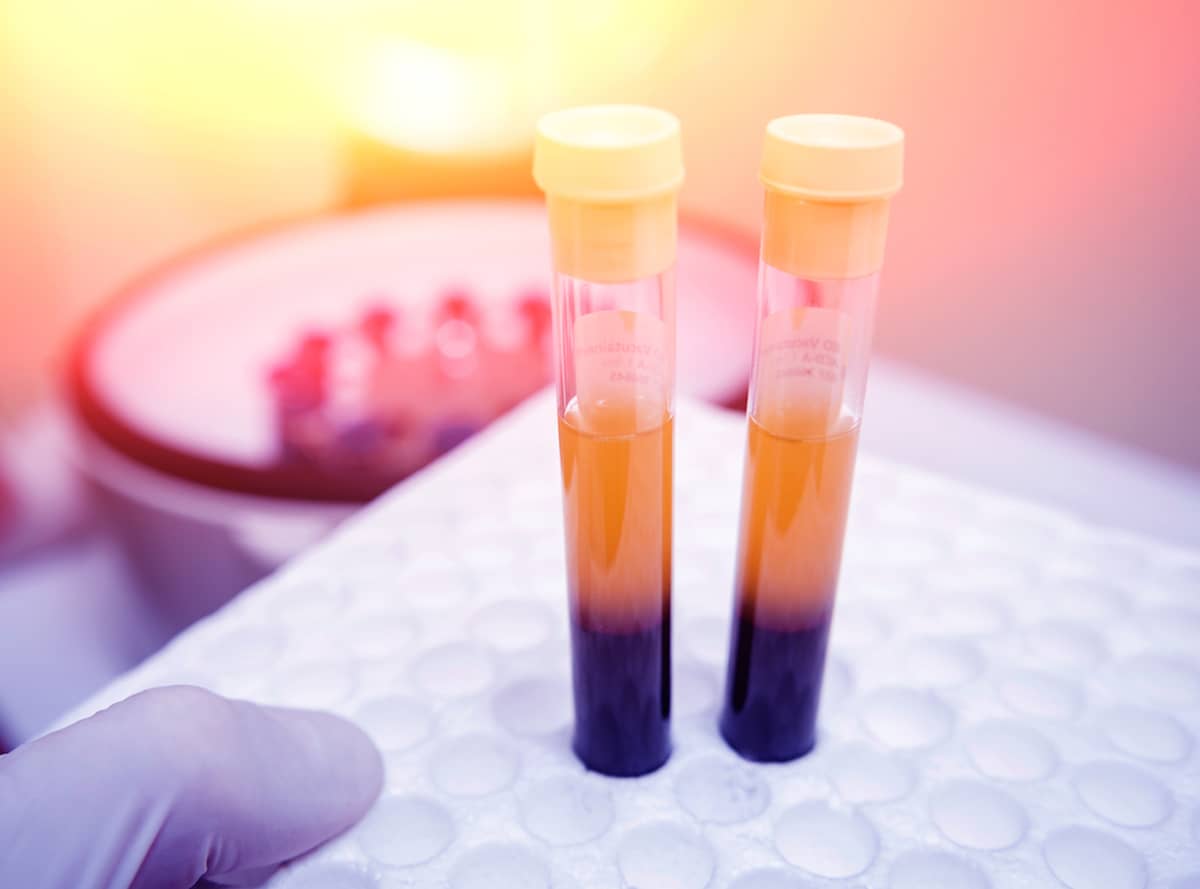PRP Works…But Why?
PRP, or platelet-rich plasma, is a therapy in which a patient’s blood is drawn, spun in a centrifuge, and the platelets (and other blood products) returned to the patient as an injection. It works; but exactly why is unclear.

In orthopaedics, as well as in other specialties, PRP is becoming the most common injection therapy of all time. Orthopaedists use it for arthritic joints, tendon and ligament tears, meniscus injuries, and muscle tears. Other specialties use PRP for hair growth, wrinkle treatment, nerve injuries...the list goes on.
The science of PRP is based primarily on the following observations:
Platelets are a component of the bloodstream that contain granules or capsules filled with proteins that act as both growth factors and chemokines (chemicals that recruit other cells). These have potent anabolic effects, meaning that they stimulate other cells to overproduce products such as hyaluronic acid (the lubricant of joints), as well as anti-fibrotic effects—i.e., they reduce the formation of scar tissue. They also have anti-inflammatory properties and reduce swelling and other inflammation markers, all while having no apparent negative effects. Not only are they anabolic, they are also chemotactic. This means that they recruit the body’s own progenitor cells. Progenitor cells are the daughter cells of stem cells, which rush to the site of an injection or injury and help direct the healing response.
Though we’re not exactly sure why all this happens, orthopaedists take advantage of these properties by using the injections to calm down arthritic joints, speed up tendon and ligament healing, and augment our surgical procedures—often at the one and three month points. Also valuable for soft tissue repairs, PRP helps patients avoid surgery—this is especially true in the case of rotator cuff injuries, which can often be treated with PRP and physical therapy.
Another mystery here is the fact that PRP drawn from the same patient in the morning is different from PRP drawn in the afternoon. To complicate matters further, different PRP machines manufacture somewhat different PRP concentrations, making it difficult to standardize the therapy. On the plus side, our studies have noted that one of the major effects of PRP in joints is to increase the production of hyaluronic acid (HA), the natural lubricant of the joint. So now whenever we inject PRP, we almost always add HA in order to augment this response. This cocktail will be made even more potent when we add additional growth factors from birth tissues and other sources over time.
Previously, we used cortisone for tissue injuries and suffered from its downsides (which included the risk of tendon rupture, as well as bone and cartilage damage). But the beauty of this remarkable therapy is that we can now use a natural PRP cocktail, avoiding all of those risks. Though the reasons it works so well remain elusive, there will certainly be more upsides to come, as we refine the science and supercharge the injections. And all of this fits in beautifully with our desire to help Mother Nature heal our patients and keep them playing forever.
